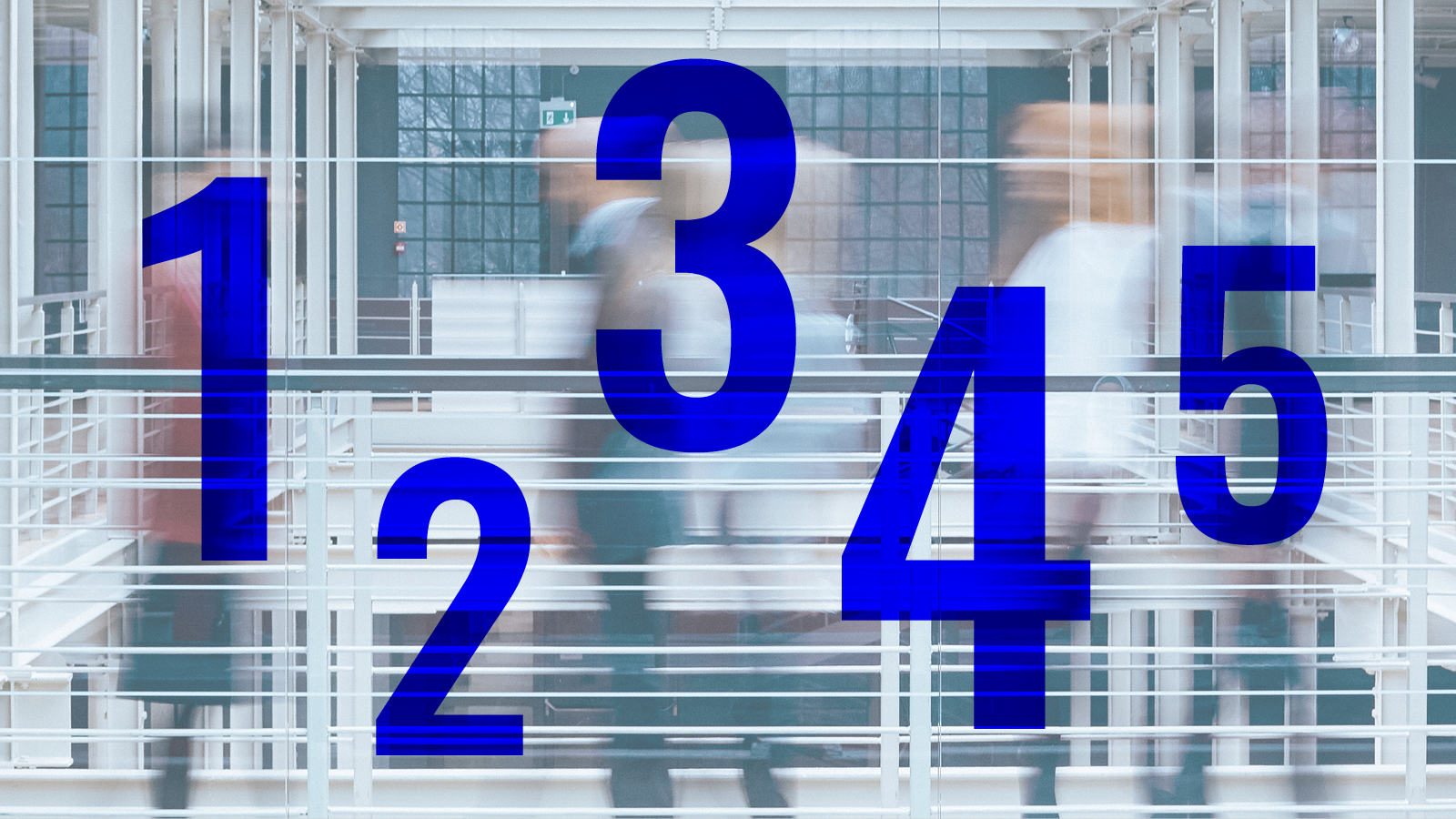
1. Intuitive design
Inclusive environments recognise and accommodate differences in the way people use the built and natural environment. They facilitate dignified, equal and intuitive use by everyone.
Inclusive design is the responsibility of everyone who works in the built environment: planners, those who commission new buildings and places, access consultants, designers, architects, engineers, surveyors, property owners and facilities managers.
“Whether it is a building, a car park, a football stadium, or any other part of the built environment, the key thing is that the space must promote intuitive and inclusive use,” explains Danny Medcalf FRICS, RICS Trainer for Rules of Conduct, Ethics and Professional Practice.
“This means it has to be both welcoming and easy for people to use, regardless of their age, status, gender, physical or mental ability and all other individual characteristics.”
2. Respect for all
Creating an inclusive environment also means not making assumptions about people using that environment, especially because many of us are influenced by unconscious bias when considering the needs of people we don’t know. “The RICS Global Professional and Ethical Standards can help us in this regard,” says Medcalf, “with the importance of showing respect for people, promoting trust, integrity, taking responsibility, providing a high level of service and making sure we go over and above the legal minimum requirements from an ethical perspective wherever possible.
“Perhaps the strongest element applicable to inclusive environments is showing respect to others, which, for example, means bringing in a diverse range of people to help make decisions about their environment during the early design stages of a project. This is to ensure we don’t create something that doesn’t work for all potential users.”
3. Consider neurodiversity
Society is becoming increasingly aware of neurodiversity and the spaces we create should always be sensitive to the needs of people who process information in different ways. Common conditions such as dyslexia, dyspraxia, Asperger’s, and attention-deficit/hyperactivity disorder (ADHD) are all linked to the concept of neurodiversity and can be helped by good design.
“Neurodiversity refers to the diversity of human minds, and the fact that brains and neurocognition vary among all individuals,” says Medcalf. “So designers have a duty of care to pay more attention to issues including considering appropriate colour schemes, signage, lighting and acoustics to create a fully inclusive environment.”
4. Employers’ and professionals’ duty of care
Employers must make sure they have inclusive policies, which all staff are aware of. Surveying professionals must adhere to key legislation where it exists in their territory (for example the Equality Act, British Standards and Building Regulations in the UK), which all help to ensure they are creating environments that are technically compliant, safe and intuitive to use.
“New builds should have considerations around inclusive use embedded within them during their concept and design stages, but our older buildings, existing housing stock, commercial or industrial buildings can pose a challenge in how we bring them up to date concerning inclusivity and accessibility,” adds Medcalf. “Of course, it is often extremely difficult to convert some older buildings (for example, heritage buildings) into more inclusive environments.”
5. Thinking beyond design
Remember that inclusiveness isn’t just limited to creating spaces for people of all ages and abilities. “It’s also about the everyday interactions of employees,” explains Michaela Bygrave MRICS, managing director of Pointe Michel, a socially responsible real estate consultant. “For example, some people still ask black and minority ethnic (BAME) colleagues where they are ‘from’ on meeting them.
“It may seem like an innocent question, but let’s be clear the only reason the person is asked it, is because they are non-white. Heritage is highly personal and something that people should be able to talk about when ready. Unfortunately, the unsolicited question immediately has an implication that BAME colleagues ‘don’t belong’. Workplaces can’t claim to be inclusive when BAME colleagues are expected to recite their genealogy upon meeting white colleagues.”

If you’d like to find out more about inclusive design, RICS is running a 1.5hr web class on inclusive environments on 24 February. Gain an introduction to the principles and processes that deliver accessible and inclusive environments, recognising the diversity of user needs and the requirement to put people (of all ages and abilities) at the heart of the process.

Sign up now: RICS Professional Support Packages for 2021
RICS’ new professional support packages have been designed exclusively to help members and candidates advance their professional development, navigate their way to professional status or drive their organisation forward in 2021.
Whether you're an RICS candidate, an RICS qualified professional, or want to provide greater support to your team, a Professional Support Package will allow you to access courses on topics such as this article – as well as many others – for one flat fee throughout 2021.
The package will last until the end of the year (not a 12-month period) so it is recommended to sign up as soon as possible.
